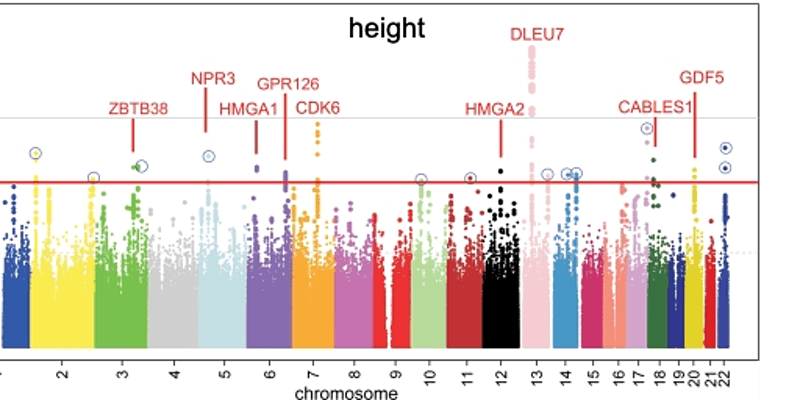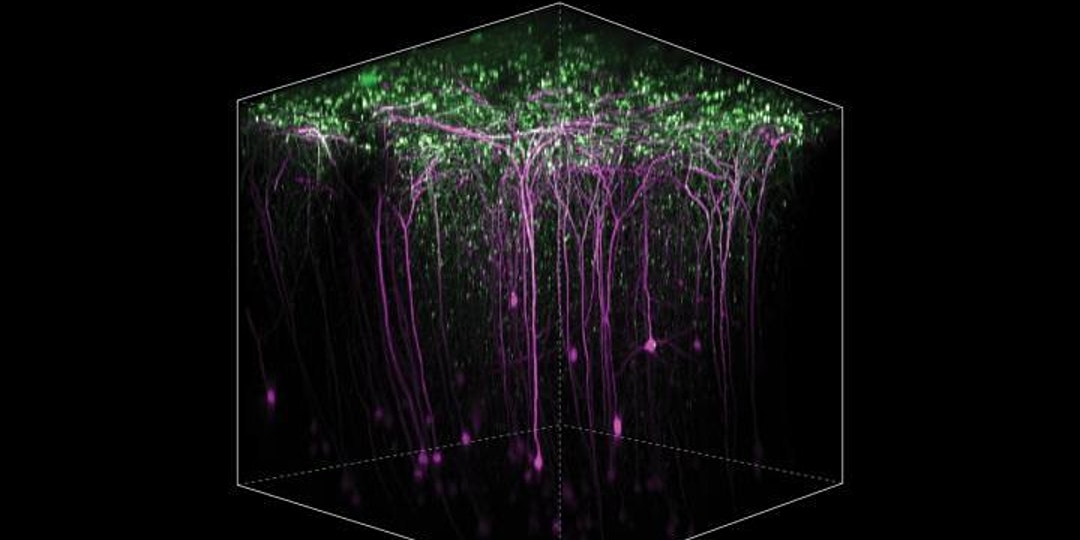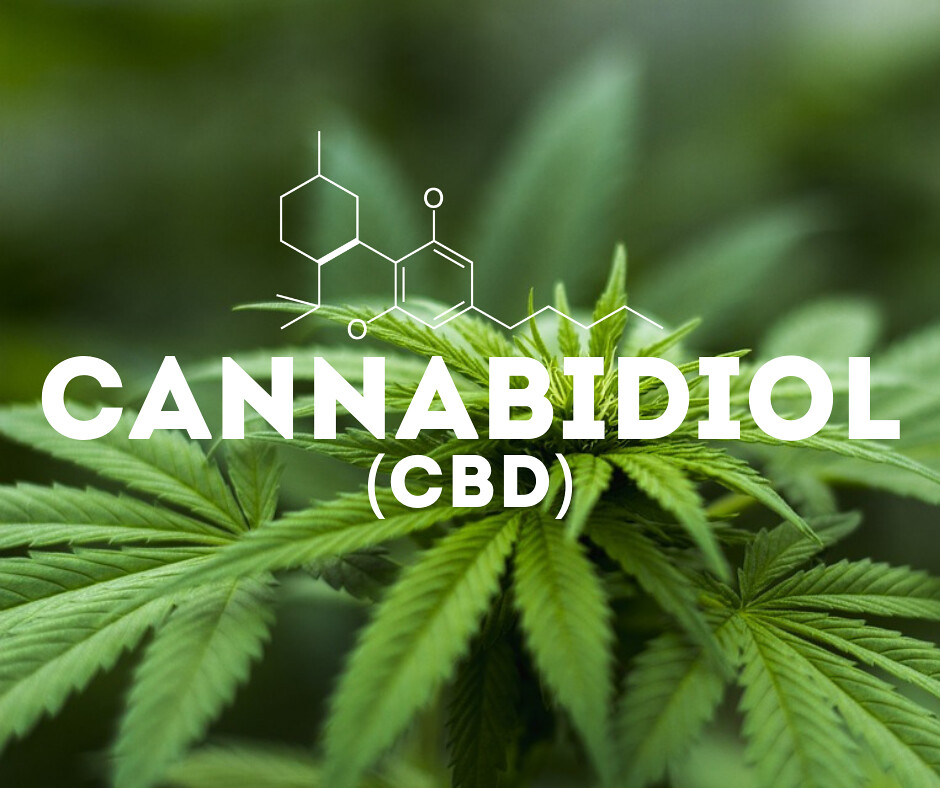In this seminar, Dr. Govind Rao of UMBC discussed manufacturing biologics on demand, novel approaches to detect Covid-19, and low-cost incubators for preemies with built-in sensors. Amazing developments, and we discuss how they can change the health care landscape!
Author: BUGSS
Biology Meets Art

We had a terrific seminar from Dr. Heidi Hehnly, a leader in exploring the interface between the cytoskeleton and cell membranes, and Dr. Boryana Rossa, an interdisciplinary artist, about their work in BioArt and their efforts to bring faculty and grad students together to share their research or look at it from the perspective of a different discipline.
On the news, we often hear that certain genes have been linked to different traits, ranging from height, to body-mass-index, to heart disease risk. Curious about how these associations are discovered?

In this course, we learned all about the science behind the studies. We learned about basic genetics and genomics and even some statistics. Check out the recordings, and thanks so much to Stephanie Yang for a fantastic class!
Session 1
Session 2
Session 3
Want more info on how linear regression works and how changing the parameters affects the outcome? Check out Stephanie’s Linear Regression App!

On the news, we often hear that certain genes have been linked to different traits, ranging from height, to body-mass-index, to heart disease risk. Curious about how these associations are discovered?
In this course, we learned all about the science behind the studies. We learned about basic genetics and genomics and even some statistics. Thanks so much to Stephanie Yang for a fantastic class!
Science Slam! December 2020
Science Slams are a great way to learn about some remarkable science that is going on in Charm City! These 5-10 min science talks from local scientists are hosted by Johns Hopkins Project Bridge and BUGSS.
At our December event, 5 local scientists presented their work:
Sebastian Markert, “Beam me up Wormy”
Priya DasSarma, “Ancient Pink and Purple Microbes for Research and Education”
Adrianna Ayiotis, “Human Vestibular Implant Clinical Trial”
Arathy Kartha, “Hate 2020? Ask a Vision Scientist”
Kate Gillespie, “Hey Fishy, you fertile?”
Modern neuroscience, despite being about 110 years old, is quite young compared to other fields of science. In 1906, Spanish neuroscientist, histologist, and pathologist Simon Ramón y Cajal collaborated with Italian biologist Camillo Golgi (the namesake of the Golgi Apparatus) in an attempt to study the structure of “brain cells” while making use of a technique for creating a color contrast between cellular components called Golgi staining. This effort earned the pair the 1906 Nobel Prize in Medicine, and Ramon y Cajal the title of “The Father of Modern Neuroscience”.
One major finding from the two was that the brain and what we know today as the Central and Peripheral Nervous Systems (CNS, PNS) are made up of billions of individual cells called “neurons”. Each neuron has four major parts. The dendrites receive information from other neurons. However, the dendrites themselves don’t do the receiving – that’s done by little structures called dendritic spines, which are prone to frequent change. Next up is the soma or the cell body. The axon and axon terminal pass the impulse along through a mechanism called saltatory conduction. The axon terminal transmits the signal to the next neuron’s dendrites across a gap called the synaptic cleft, and the cycle continues until the impulse reaches the desired location or is inhibited (or canceled).
The synaptic cleft is quite interesting, as it is perhaps one of the most flexible areas of neuronal growth. As we learn more and commit lessons to memory, we use some neuronal pathways (and therefore those synaptic clefts) more than others. We call this concept “synaptic plasticity”, the modification of players in the synaptic cleft under increased or decreased usage. Synaptic plasticity is so important in building memory and for a properly maturing nervous system that deficits in synaptic plasticity have been linked to Alzheimer’s disease, intellectual disabilities, autism, and schizophrenia. With such an important biological tool at its disposal, the cell has put it to use with an equally skillful operator – the AMPA receptor, or AMPAR.
To learn what role AMPA (a compound with a very long name) and its receptor play in memory-making, learning, and synaptic plasticity, we hosted a seminar on 9/19/2020 featuring Dr. Elena Lopez-Ortega. She also discussed microscopes and how we can use different types of microscopes to study neuronal cells, synapses, and receptors as they change as a result of synaptic plasticity.
Check out the recording to learn more about the evolution of microscope design, optical microscopes, confocal microscopes, fluorophores, and ways to make a sample easier to investigate. She also introduces software that you can use to try your hand at analyzing some specimen data!
November 2020 Course:
February 2021 Course:

In this online class led by Dr. Elena Lopez-Ortega, we learned about the brain and memory, including the structure of neurons, how information is encoded at synapses, important proteins that play a role in learning and memory , and cognitive diseases that may result when these proteins are disrupted. Along with all of that fascinating information, we learned about light microscopy, confocal, and 2-photon microscopy and tried our hands at analyzing and manipulating beautiful images of the brain!
Ask A Virologist
Viruses (okay one in particular!) have become a central part of our lives, changing most aspects of our day-to-day routine. These tiny, and not so tiny, snippets of nucleic acid and protein can have profound effects. What is a virus? How do they work? Why is SARS-2 having such a profound effect compared to other viruses? And what precautions should we be taking?
We were so fortunate to have Dr. Richard Condit, Professor Emeritus from the Univerity of Florida and Host and producer of This Week in Virology, join us for a Q&A all about viruses. It was fascinating!
Covid-19 and mental health
Covid-19 has dramatically affected all of our lives. There have been a broad range of emotional effects related to the pandemic, and certain stressors have affected a large majority of the population. On August 28, 2020, Dr. Sonia Bansal of the Maryland Psychiatric Research Center at the University of Maryland School of Medicine discussed recent research showing the effects of the pandemic on mental health across the country, the enormous long-term consequences for families, communities and societies, and the necessity of addressing the mental health needs associated with the pandemic.
Making Sense of CBD

The number of cannabidiol (CBD) products on store shelves has exploded, with an array of supplements, oils, creams, and gummies now being available. Is this the latest snake oil or do CBD products really have tremendous healing potential? We’ll hear from experts on all sides of the issue as they give us the facts on what we can be hopeful about and what is just hype.
Featuring:
Dr. Kathleen Kennedy, RxRemedies, a company that sells “natural, plant-based products backed by medicinal science”
Dr. Leah Sera, Program Director for the Graduate Program in Medical Cannabis Science & Therapeutics at the University of Maryland School of Pharmacy
Dr. Michael Lewis, M.D., MPH, MBA, US Army Colonel (Ret), founder of the Brain Health Education and Research Institute